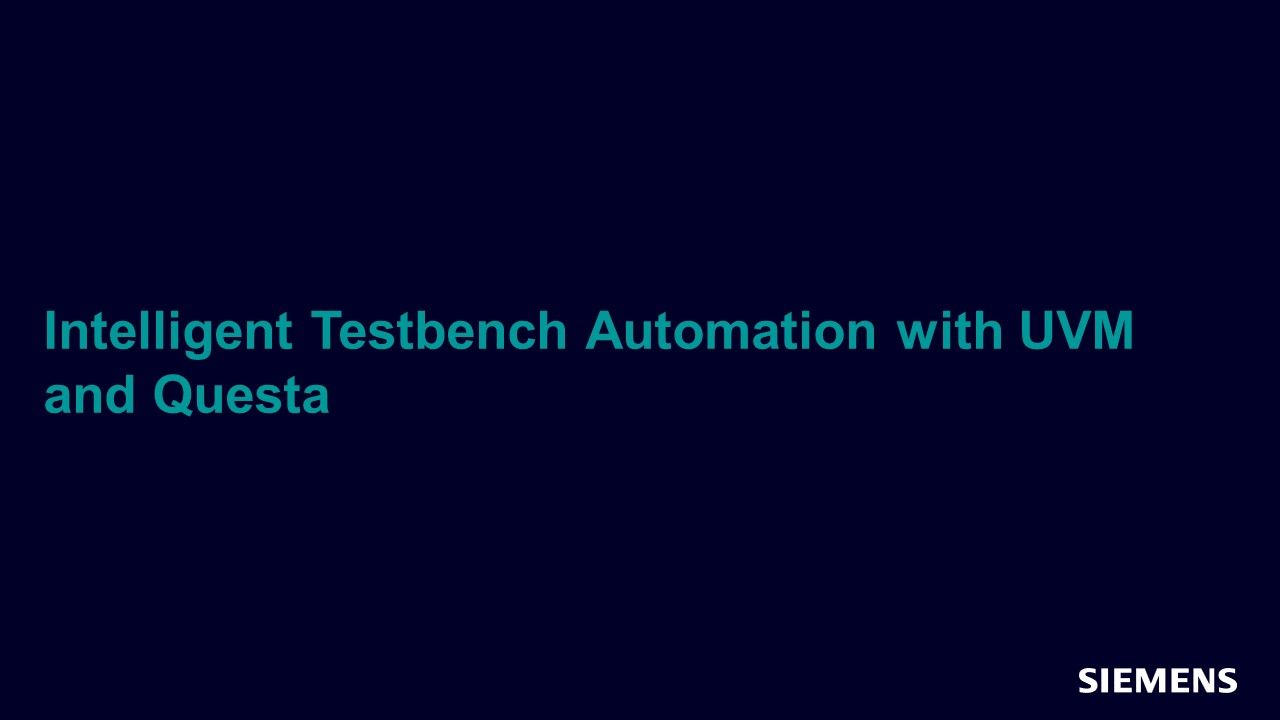Intelligent Testbench Automation with UVM and Questa
This article describes an automated approach to improve design coverage by utilizing genetic algorithms added to standard UVM verification environments running in Questa. To demonstrate the effectiveness of the approach, the article will utilize real-world data from the verification of a 32-bit ASIP Codasip® processor.

Full-access members only
Register your account to view Intelligent Testbench Automation with UVM and Questa
Full-access members gain access to our free tools and training, including our full library of articles, recorded sessions, seminars, papers, learning tracks, in-depth verification cookbooks, and more.